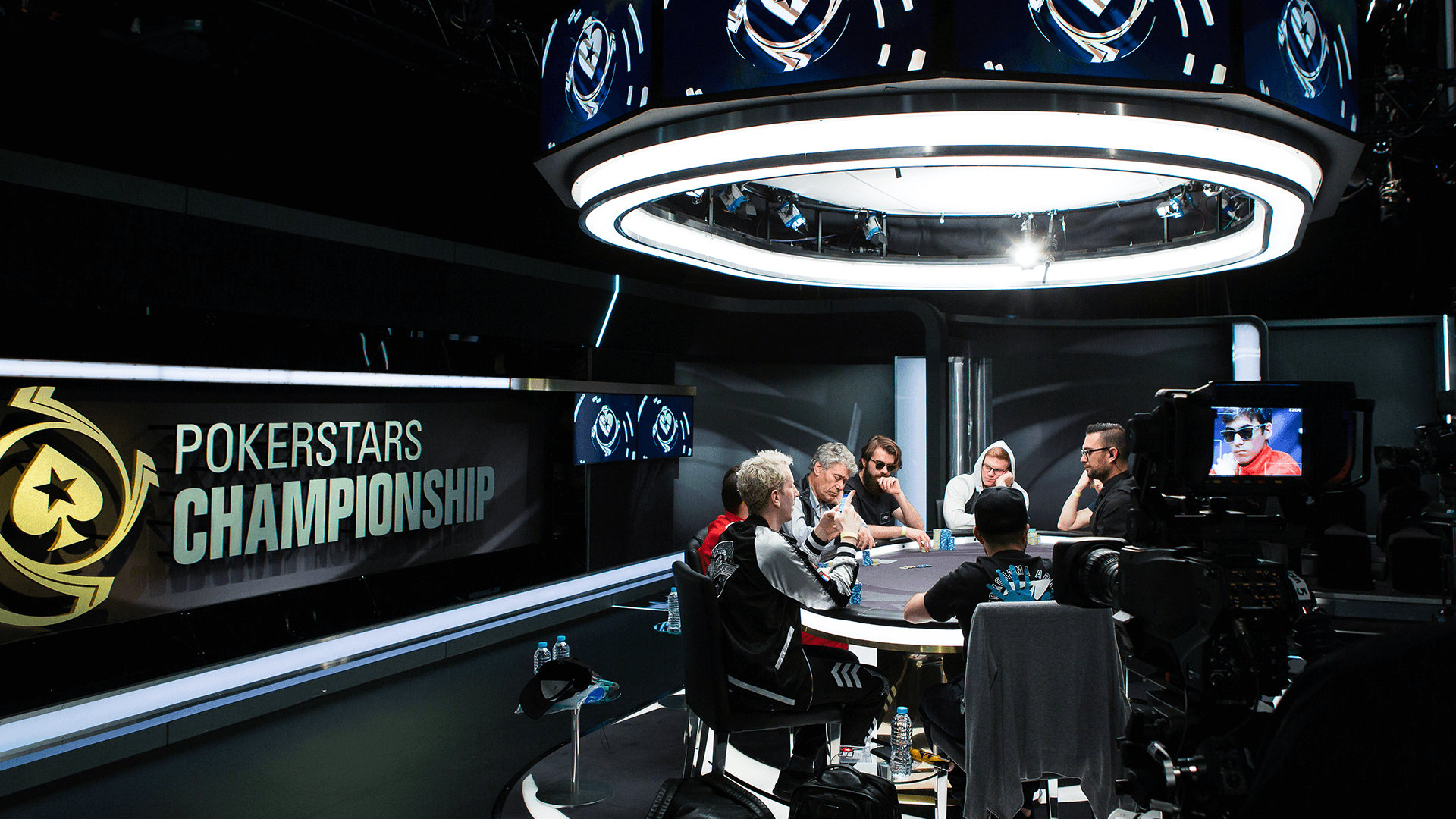Playing the Wrong Tables
Another huge mistake players at all levels can make has nothing to do with playing the wrong hands. Instead, it is about playing the wrong opponents.
One of poker’s oldest adages goes something like this: “It doesn’t matter if you are the eighth best player in the world. If you are on a table with the top seven, then you are screwed.”
It means that playing on tables above your level can be suicidal. It might be tempting to take a shot at the big time, but if you do not have the right skills, temperament and bankroll, then you are making a dreadful mistake.

We have covered the notion of bankroll management in previous lessons, and its importance cannot be overstated. You should know exactly how much you can afford to play with; you should have a clear set of objectives about your game; and you should never play above your bankroll, against players you know to be better than you.
Even if you are playing comfortably within your bankroll, you should also take a look around and determine whether these are simply better players than you. There is no shame in admitting it, getting up and moving elsewhere.
One of the many benefits of playing cash games is that you can up and leave your table whenever you wish, and some time spent in the PokerStars lobby observing other tables can be very beneficial. There are so many tables that you will be able to find one at which you feel entirely comfortable. You should be looking for tables at which you can identify weaker opposition.
One of your tasks playing in any kind of poker game is to observe your opponents. This way you will learn who the weak and the strong players are and take this into consideration when you are in a hand with them. If you find out that there are no weak players or you can’t get position on them you should just leave and search for a better table.
The PokerStars lobby has several features that allow you to filter for the best table. Usually you want tables with many players seeing the flop (Plrs/Flop) and big pots (Avg Pot). Both are indicators of loose tables and loose opponents.
And that should make the table profitable.
Basic bankroll management for NLH cash
The chart below is repeated from the Poker Basics section, but it is relevant specifically to no limit Texas Hold’em cash tables. It shows you the bankroll requirements for different stakes at this game.
No limit Hold’em can be an extremely volatile game to play, so you must make sure you have a big enough bankroll for the stakes.
| Limit | Buy-in X | Recreational Player 10 times X | Serious Player 20 times X | Professional Player 50 times X |
|---|---|---|---|---|
| $0.02 / $0.05 | $5 | $50 | $100 | $250 |
| $0.05 / $0.10 | $10 | $100 | $200 | $500 |
| $0.10 / $0.25 | $25 | $250 | $500 | $1,250 |
| $0.25 / $0.50 | $50 | $500 | $1,000 | $2,500 |
| $0.50 / $1 | $100 | $1,000 | $2,000 | $5,000 |
In order to play a game, you should have at least the amount listed above. For example if you are a recreational player and have less than $50, it is best only to play the 1c-2c games. With a bankroll between $50 and $100 it is OK to play 2c-5c games, etc.
When you first sit down at a cash table, you are usually told the buy in restrictions, ie, the maximum and minimum amount a new player is permitted to bring to the table. But you will need the same total bankroll whatever starting stack you choose to bring to the table.
For example, if you buy into a 1c- 2c game for $1 instead of $2, you will risk less money in every hand. But the risk of losing all your money in one hand increases as well. Therefore you can use the chart even if you prefer playing with a shorter stack.

